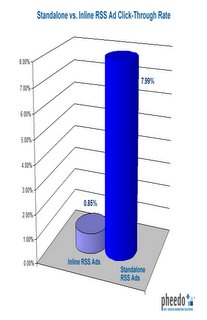First, enterprise software start-ups must be designed cognizant of current marketplace realities. While much has been written on the subject, Ray Lane summed up the startup vendor challenges well:
- challenge of access to buyers
- long evaluation cycles and committee based buying
- integration requirements
- customization requirements
- installability
- ROI analysis and business case/spend justification development
- business model and licensing
- renewals
Second, vendors cognizant of the challenges above need to architect solutions that foot to the following McKinsey equation:
- software success = customer need x offering innovation x sales and delivery model.
- What is the need? What is the product's advantage over the current state of the art? How is the product sold and deployed?
Third, speakers highlighted certain key characteristics for success; the need to identify whitespace, build products that install quickly and easily, a linear value realized/cost relationship, an entry strategy that adds value to single users (immediate value and short and distributed decision cycles) while scaling organically to hundreds, and a total enterprise value that grows with the cumulative user count.
There was significant discussion with regards to how Web 2.0 will impact the enterprise. McKinsey posits four key areas of opportunity:
- Timely access to information and content (ex Google and Flickr)
- Improved decision making via better use of data and presentation of relevant information (ex. Zillow)
- Enhanced communication (ex. Skype, Yahoo! IM)
- Better collaboration (ex. Socialtext, Jotspot, and Typepad)
Finally, Greg Gianforte, Rightnow's CEO and founder, offered some useful insights into enterprise go-to-market strategies for SaaS companies. His key point is that large customers require choice and levels of parameterization not required by the SMB market. He laid out five types of choice to consider:
- Deployment choice (on-premise and hosted)
- Payment choice (monthly term, term net thirty, and perpetual). He made the interesting point that payment choice allows vendors to tap both capital and operating budgets.
- Upgrade choice. He believes that forced upgrades are rejected by large companies, accordingly, upgrade customization is important. This demands a competency in multi-tenant, multi-version support, with customer driven elections to upgrade from version to version.
- Integration choice. If a system of record is hosted, think through integration options and ensure pooling of relevant data is possible.
- Customization choice. Push configuration but be prepared to allow for presentation layer customization
All in all, a good day and one full of important ideas to consider when building and designing enterprise start-ups.







